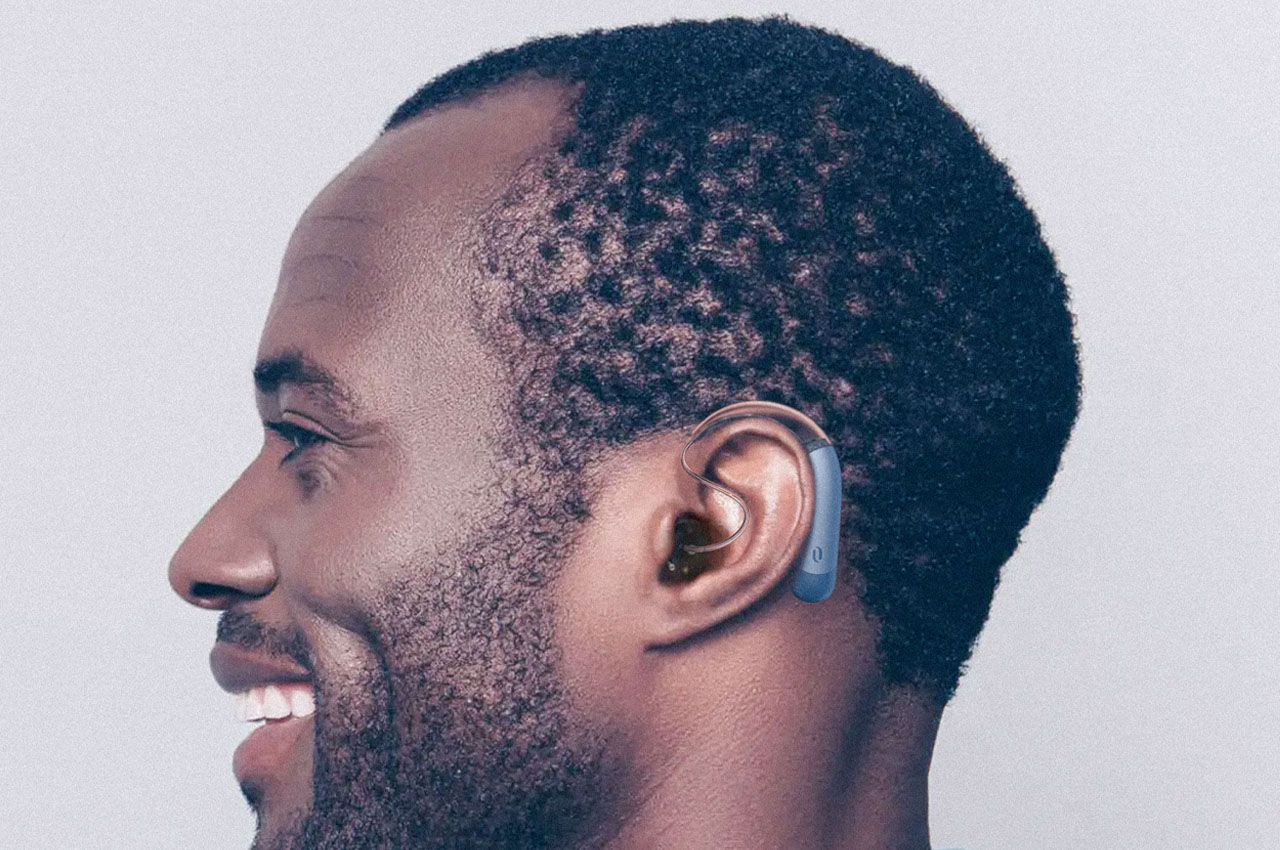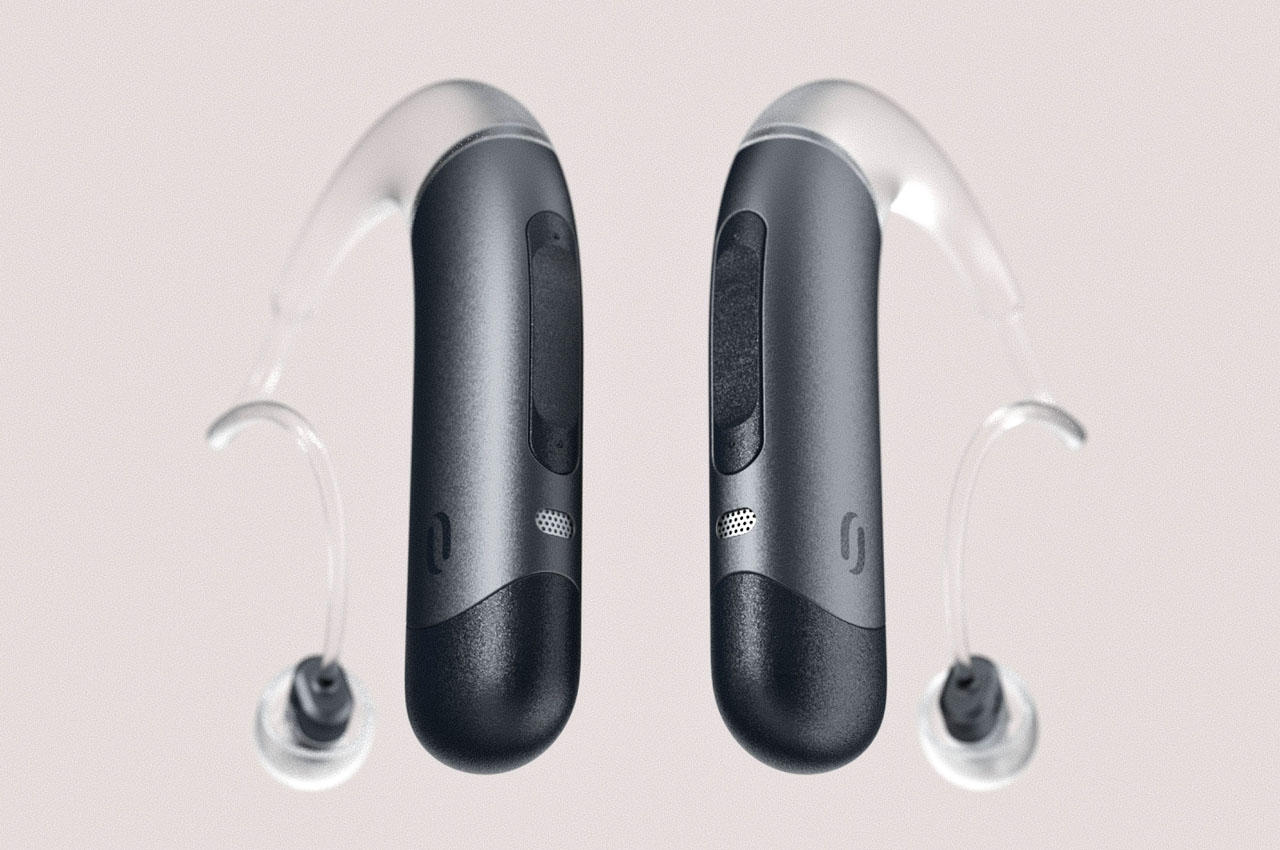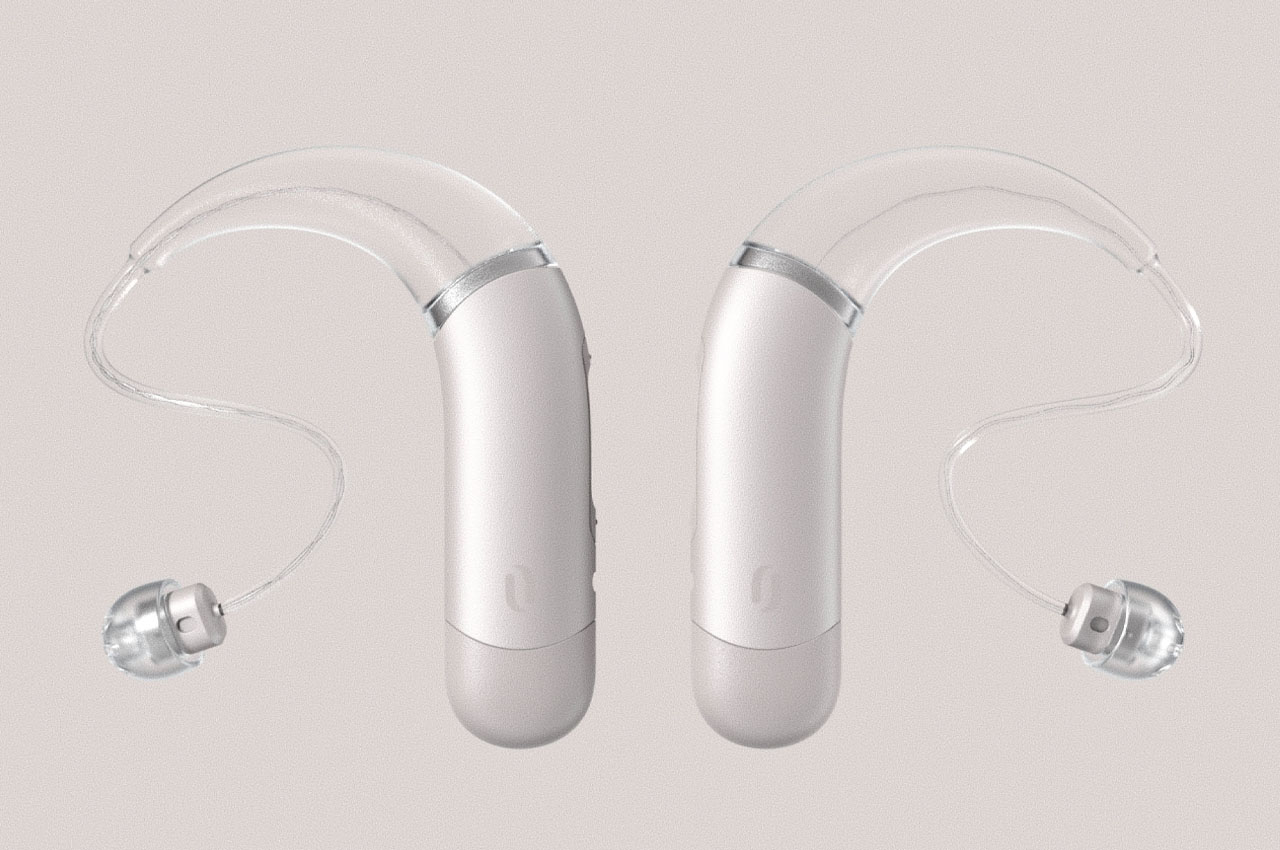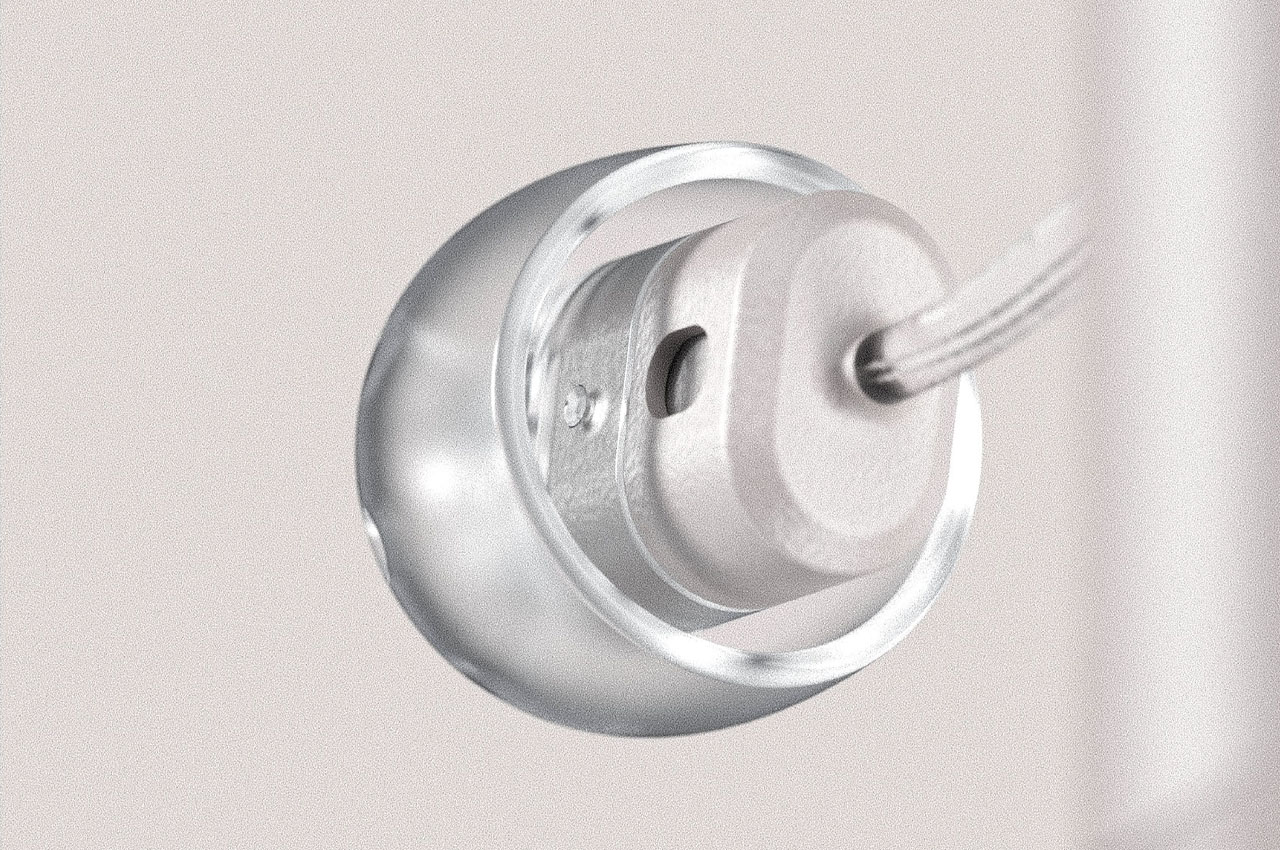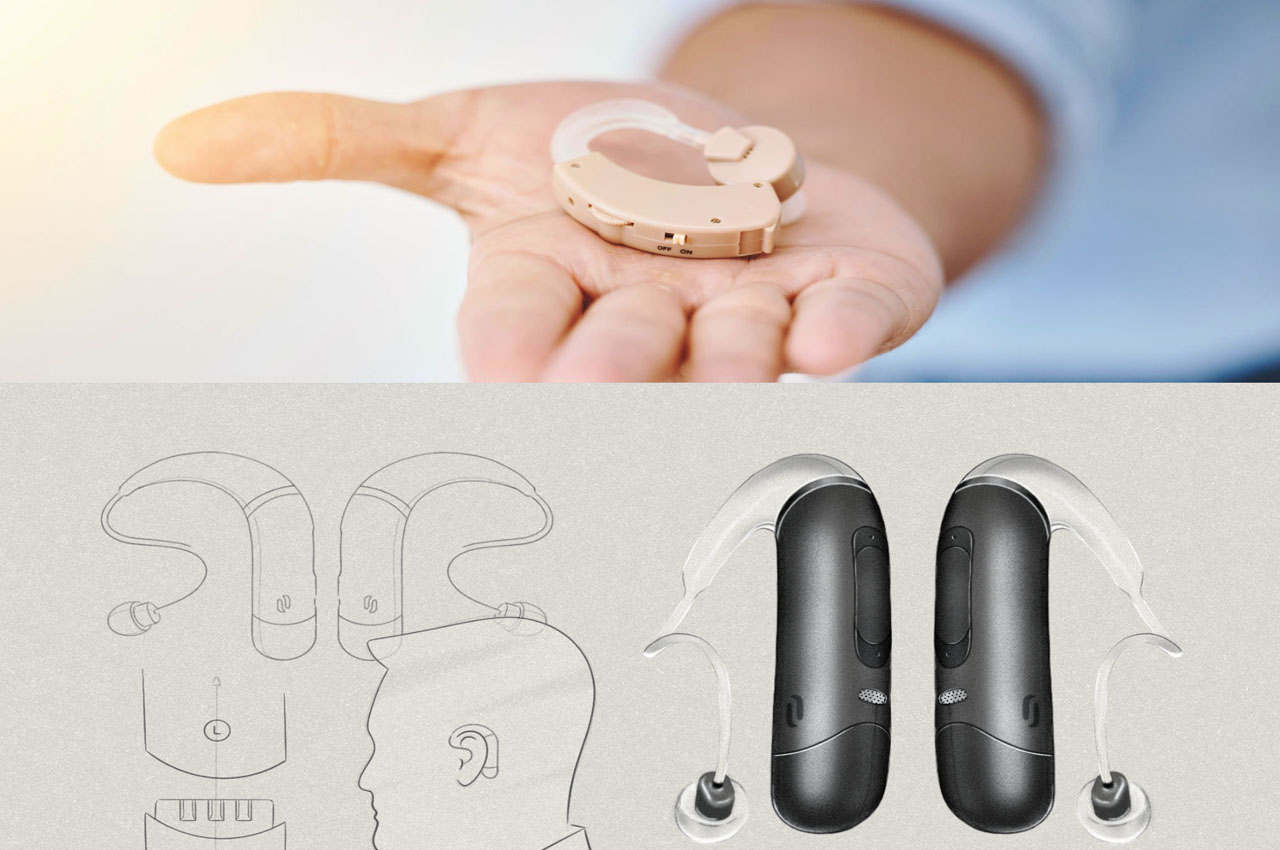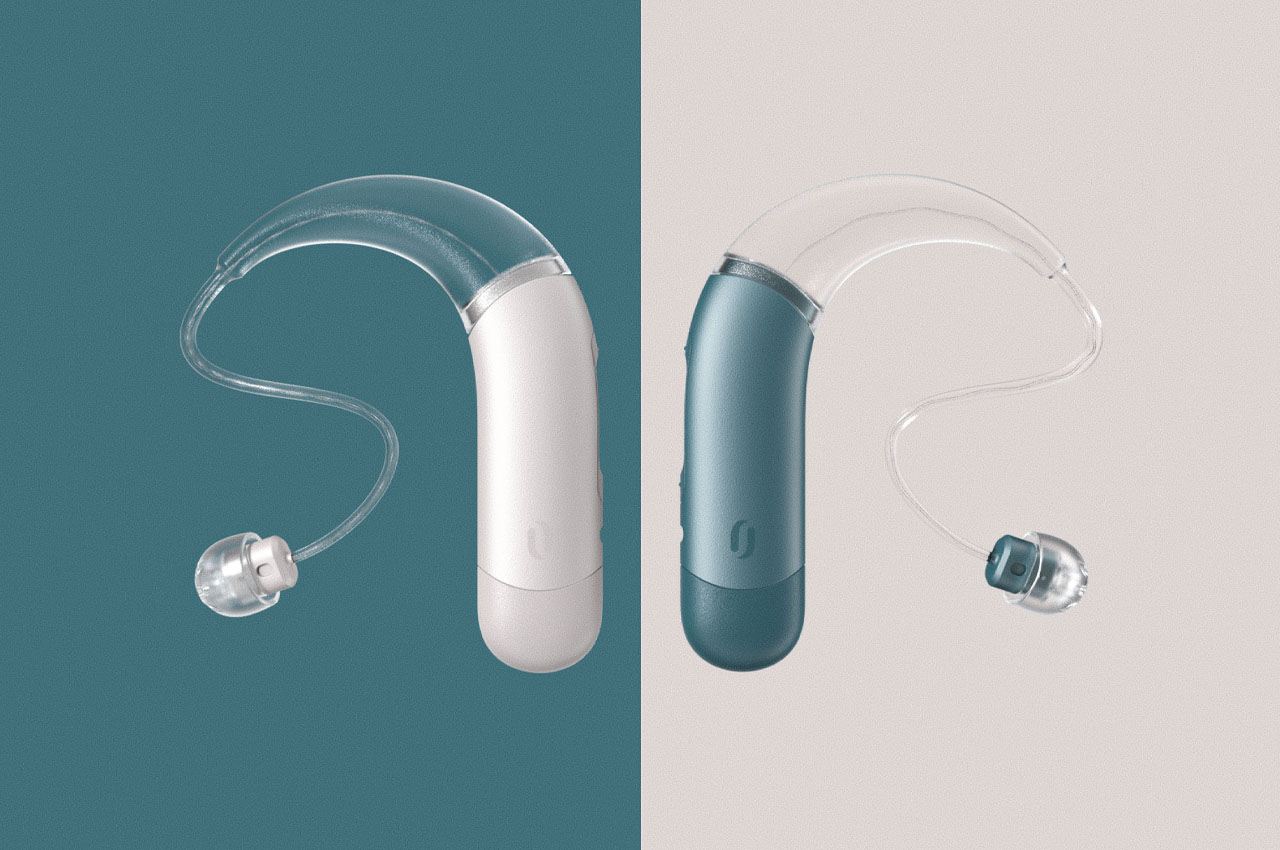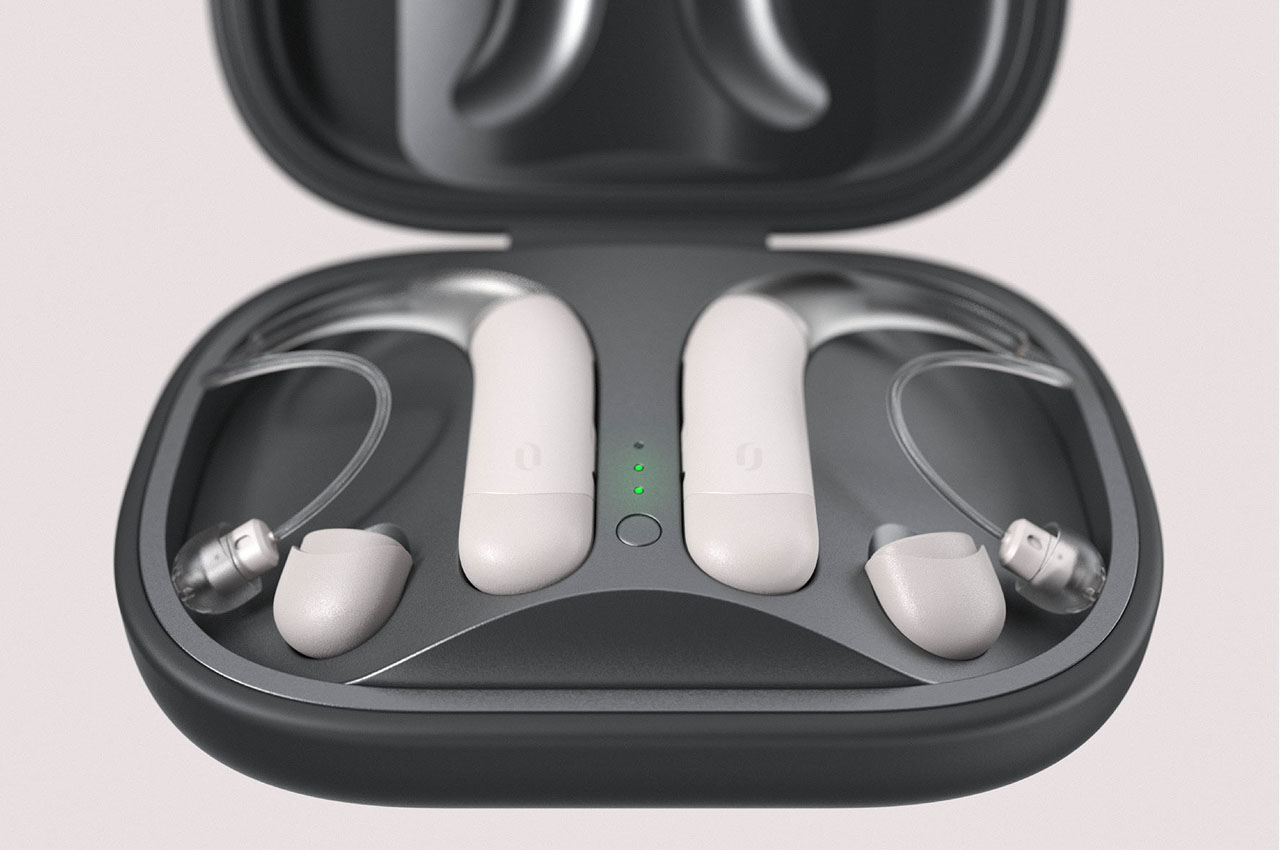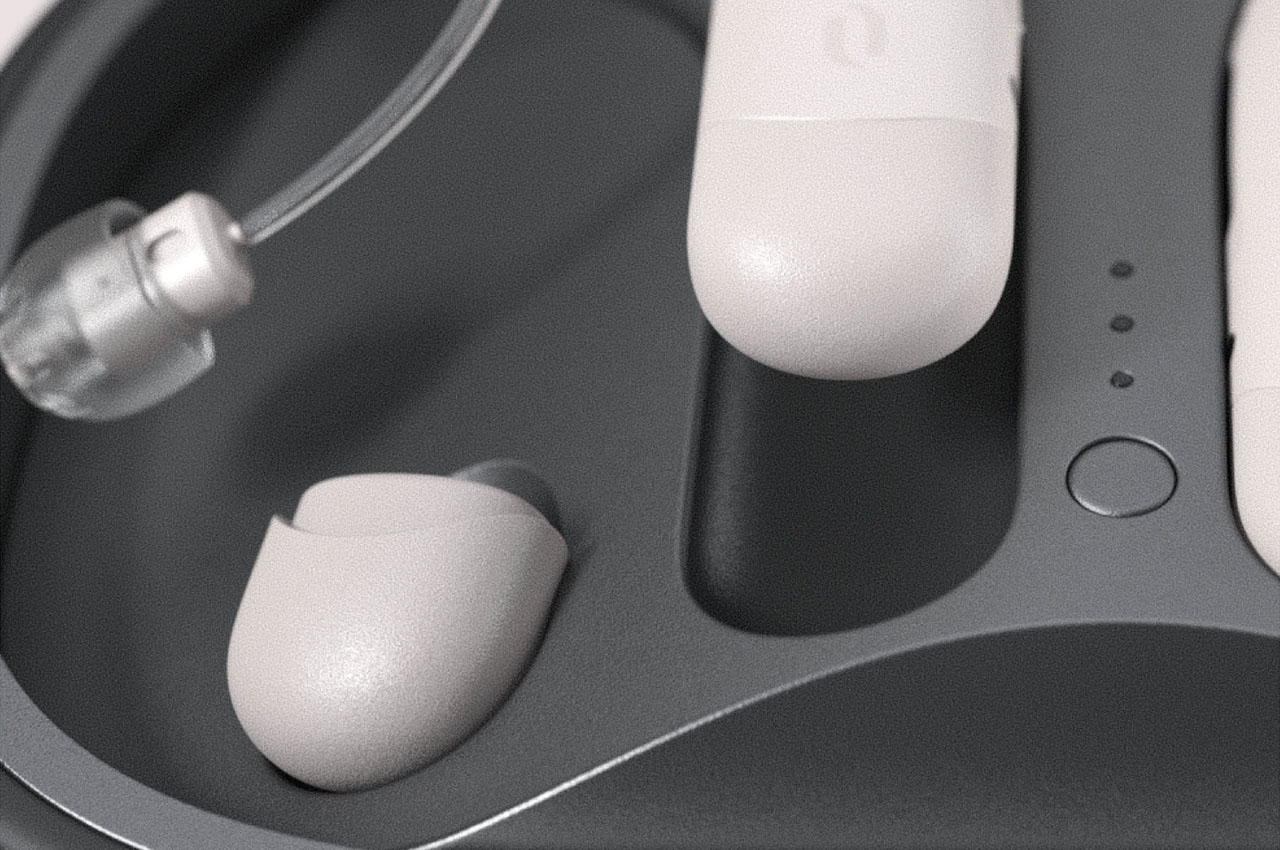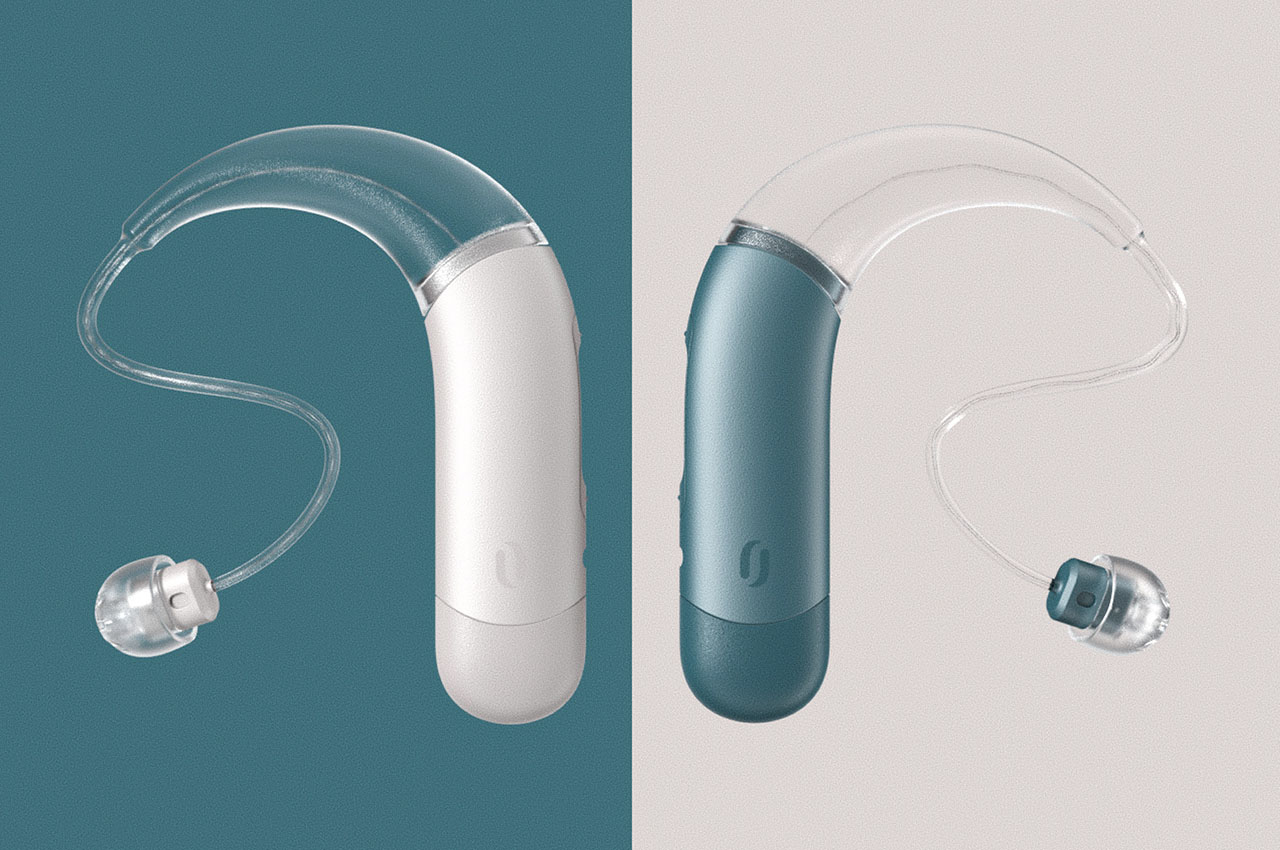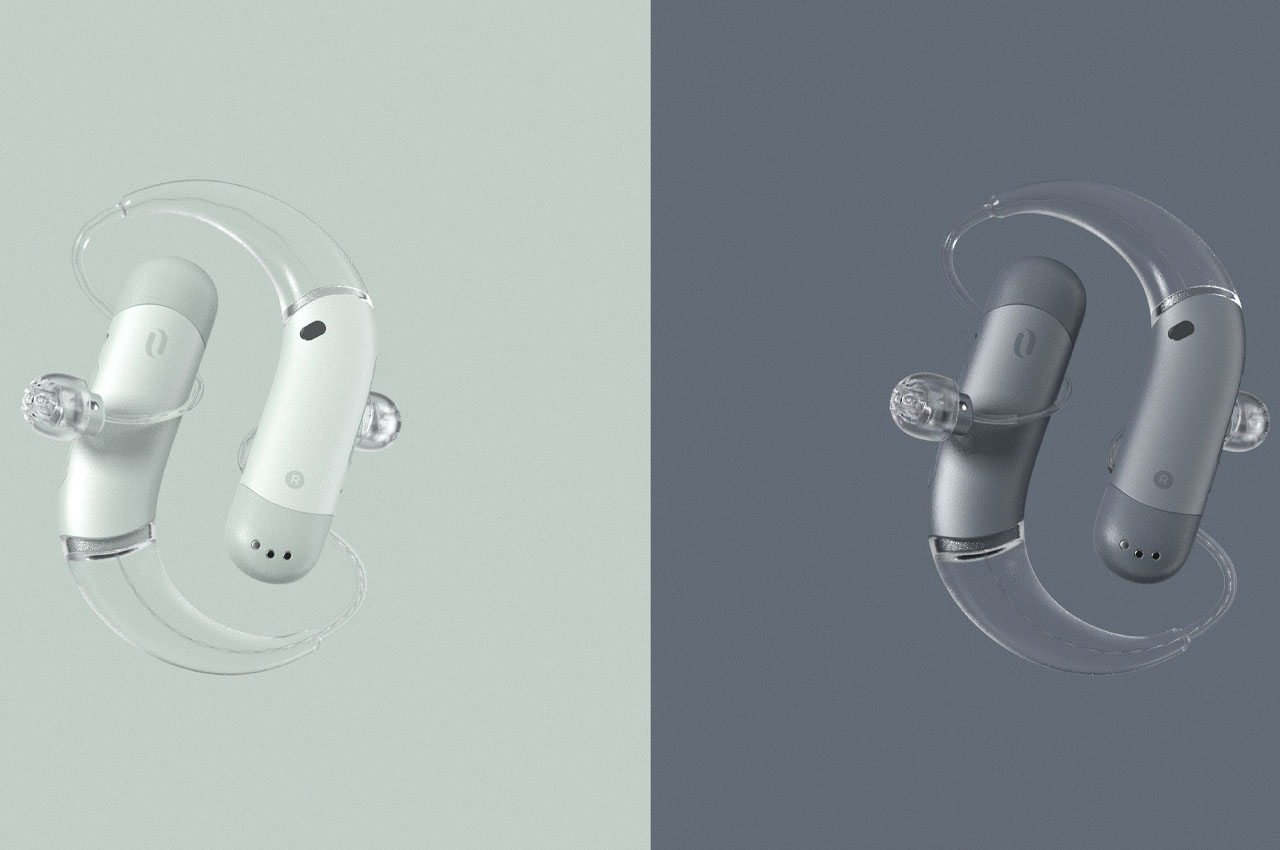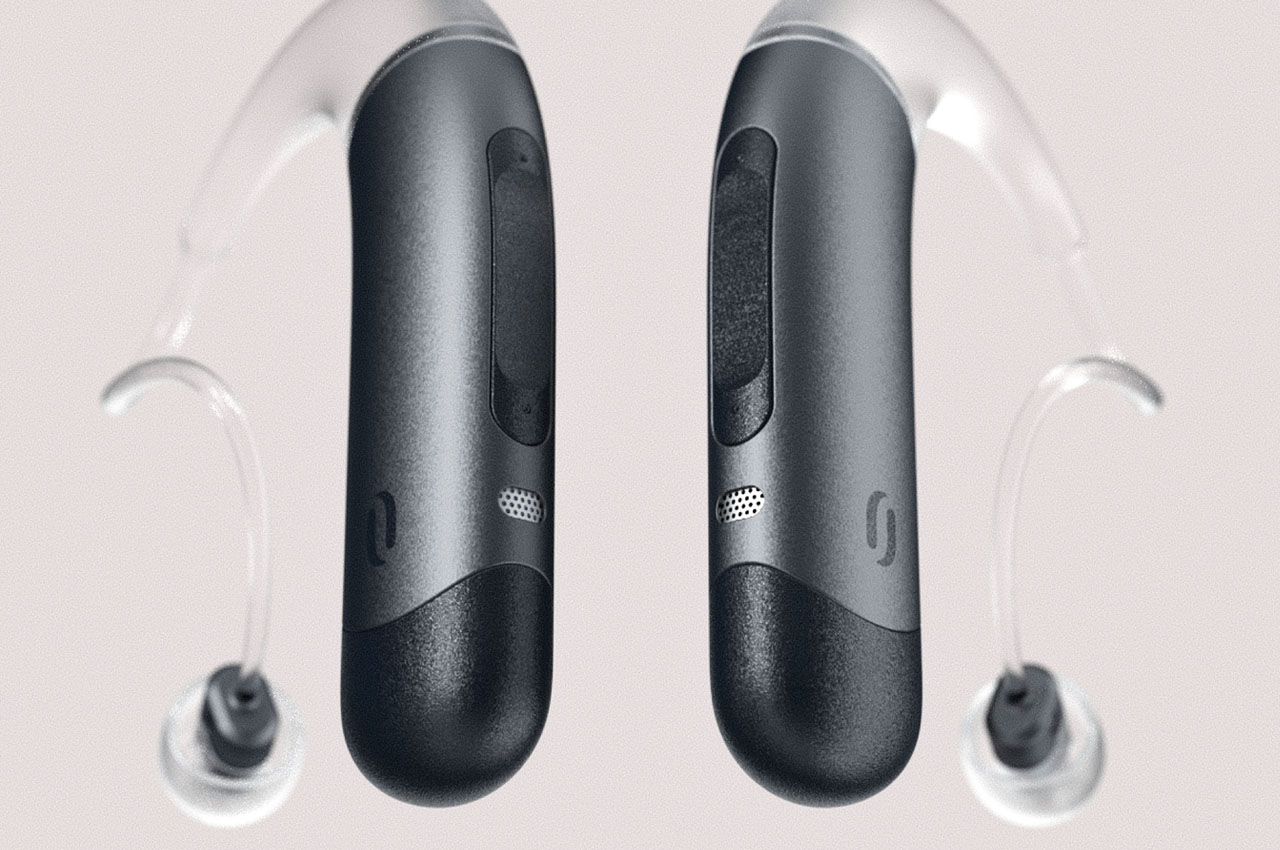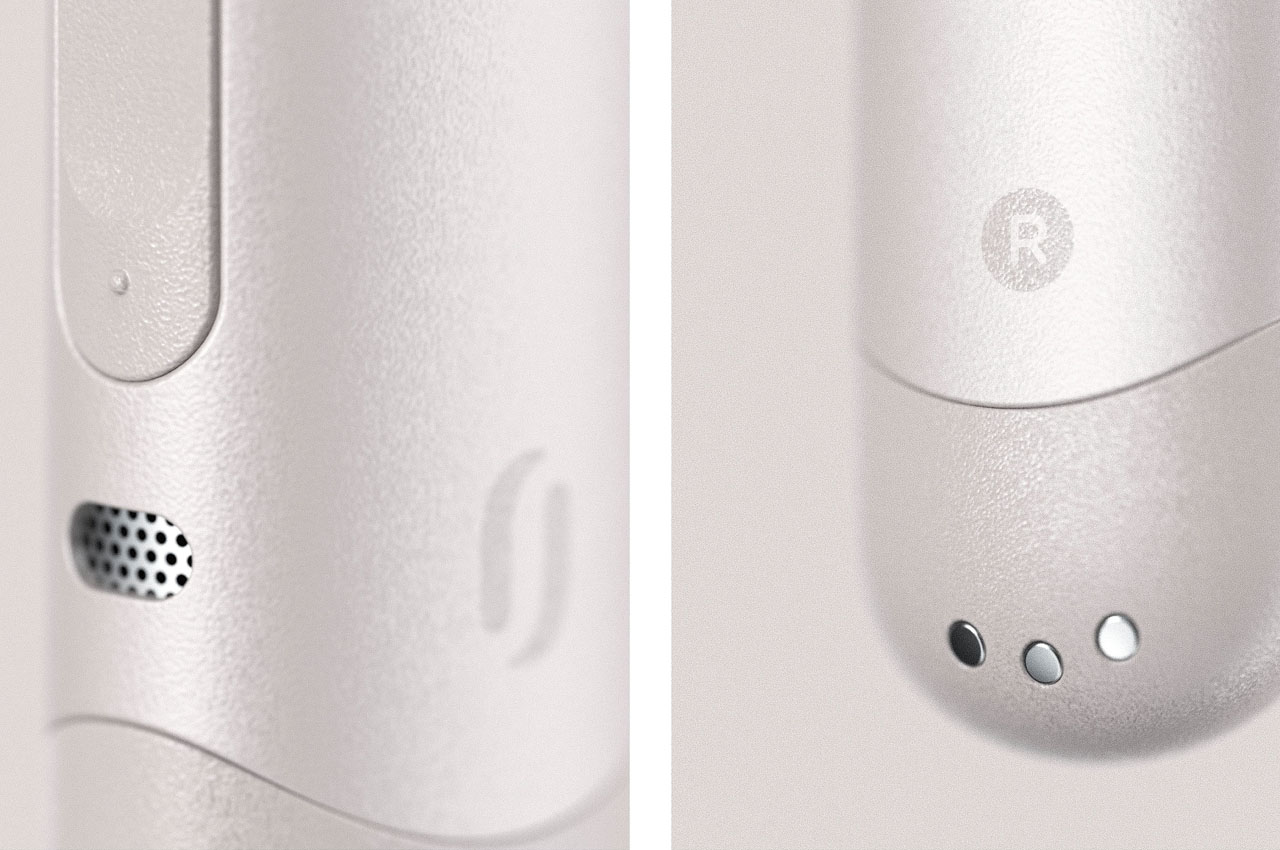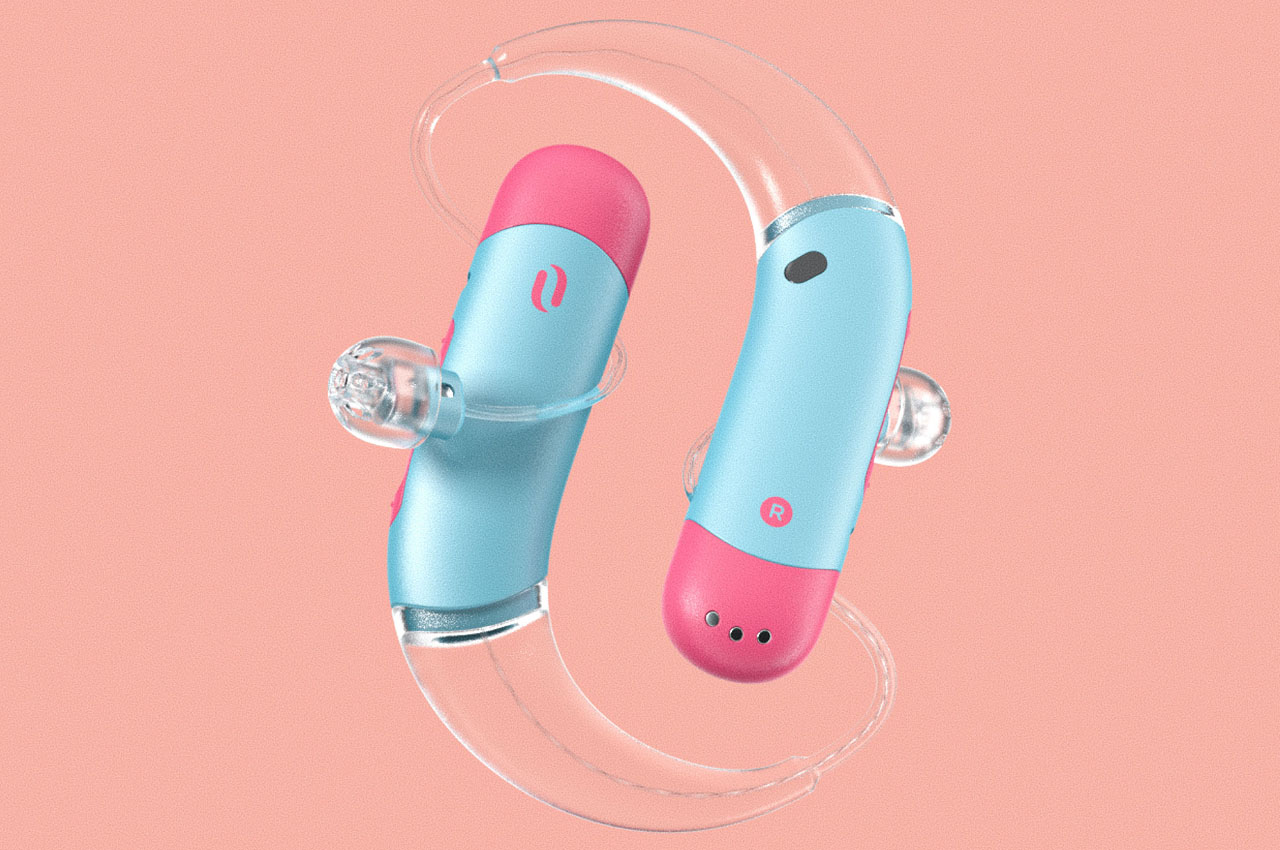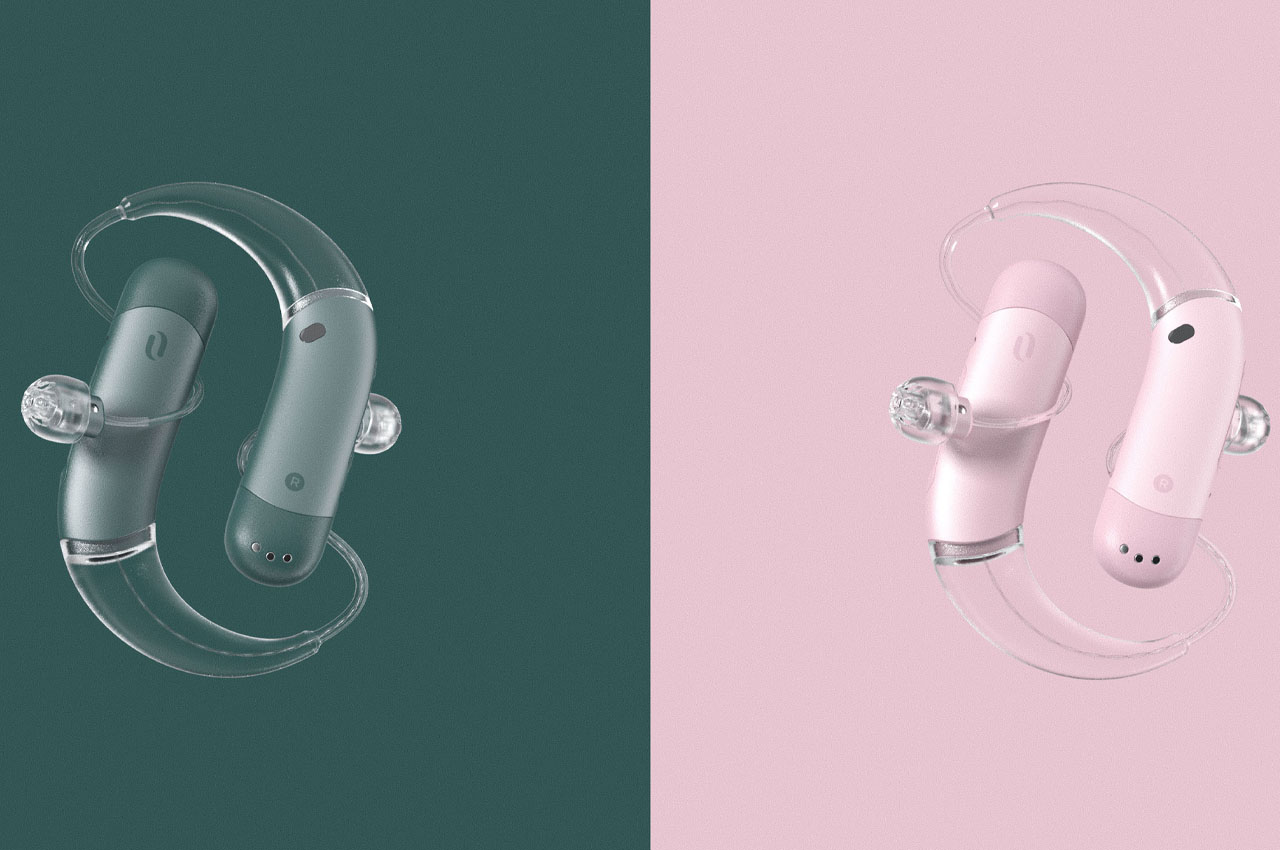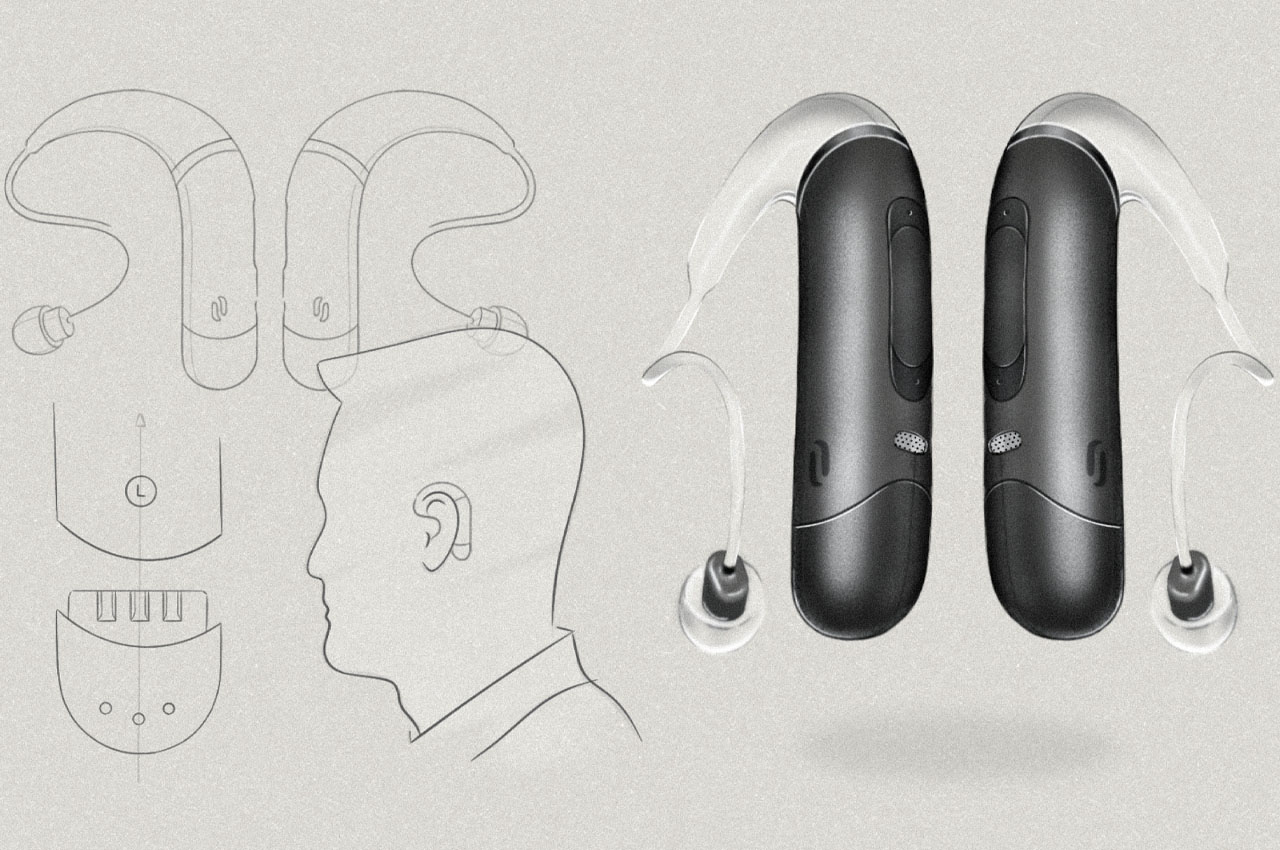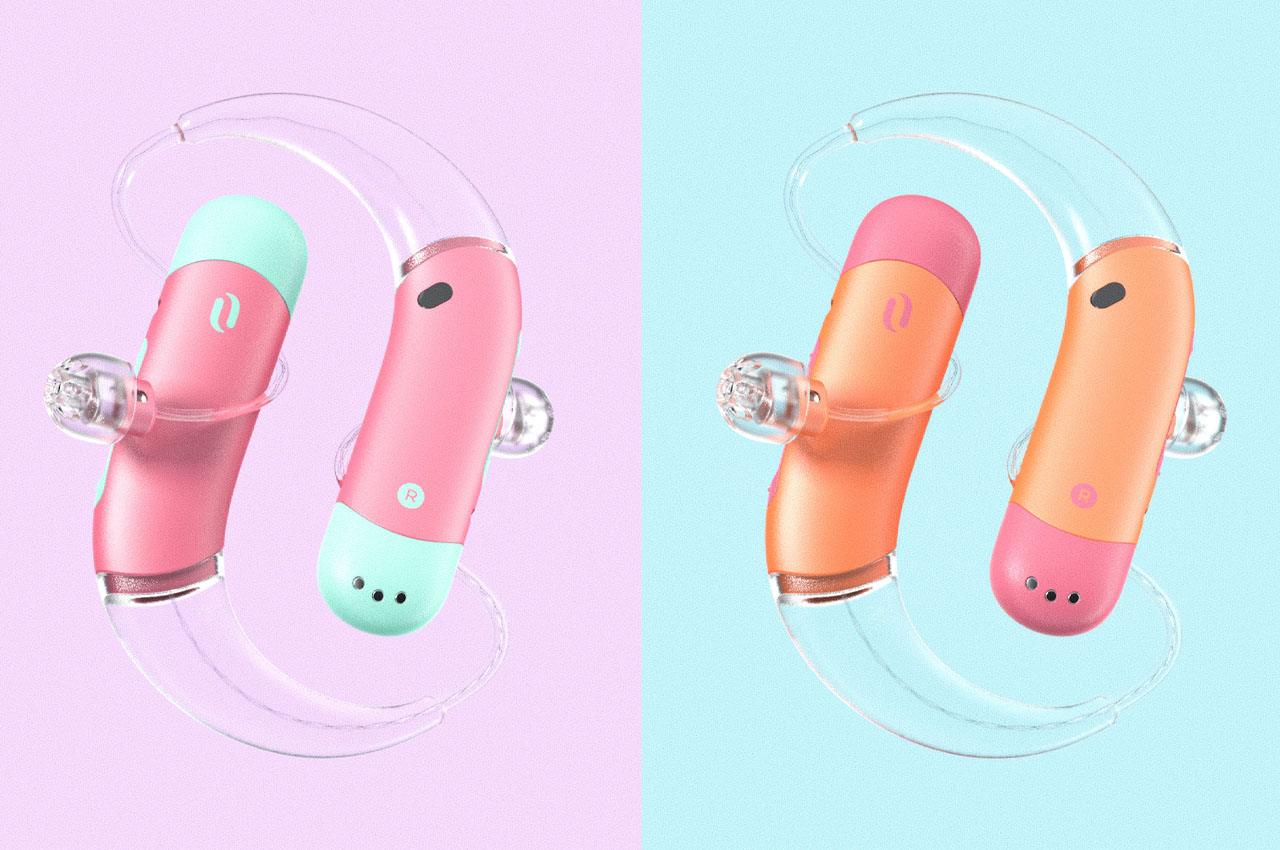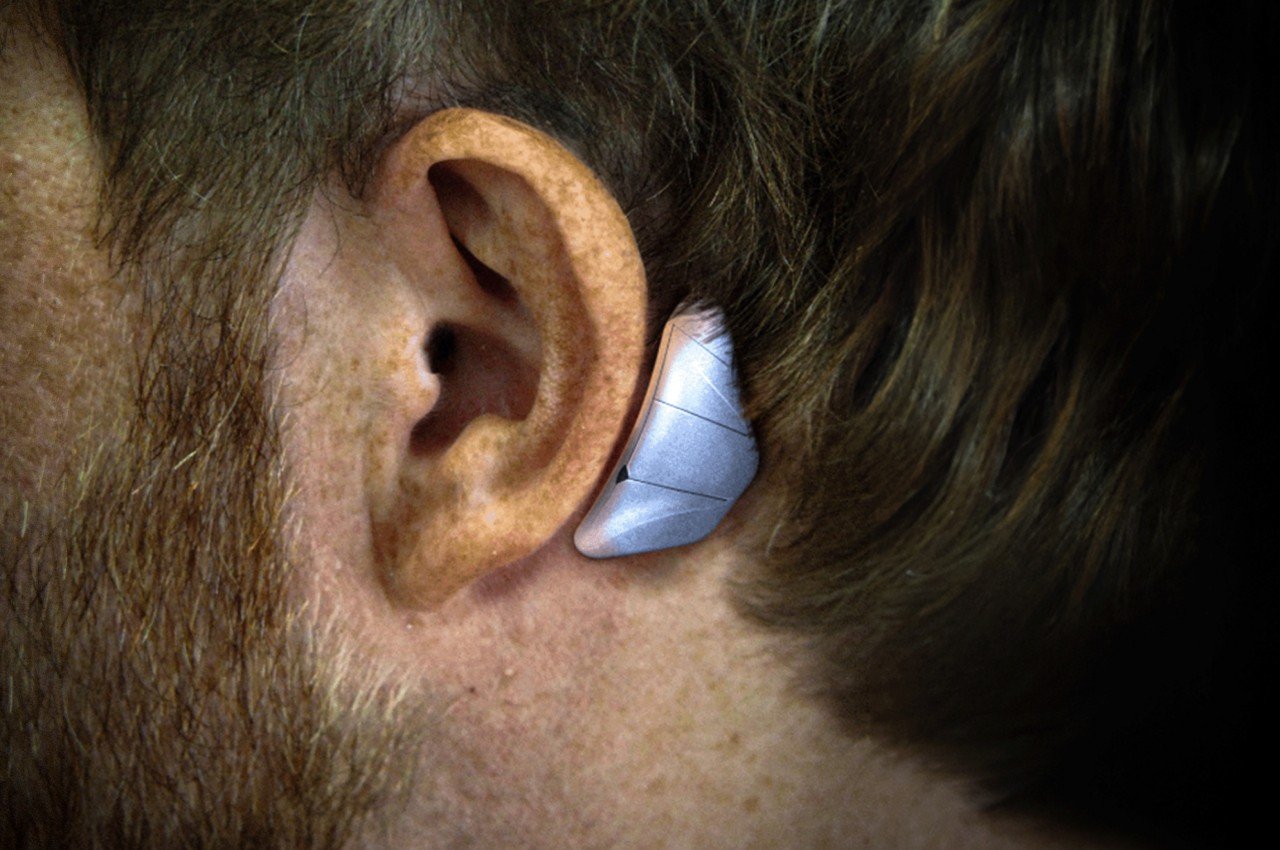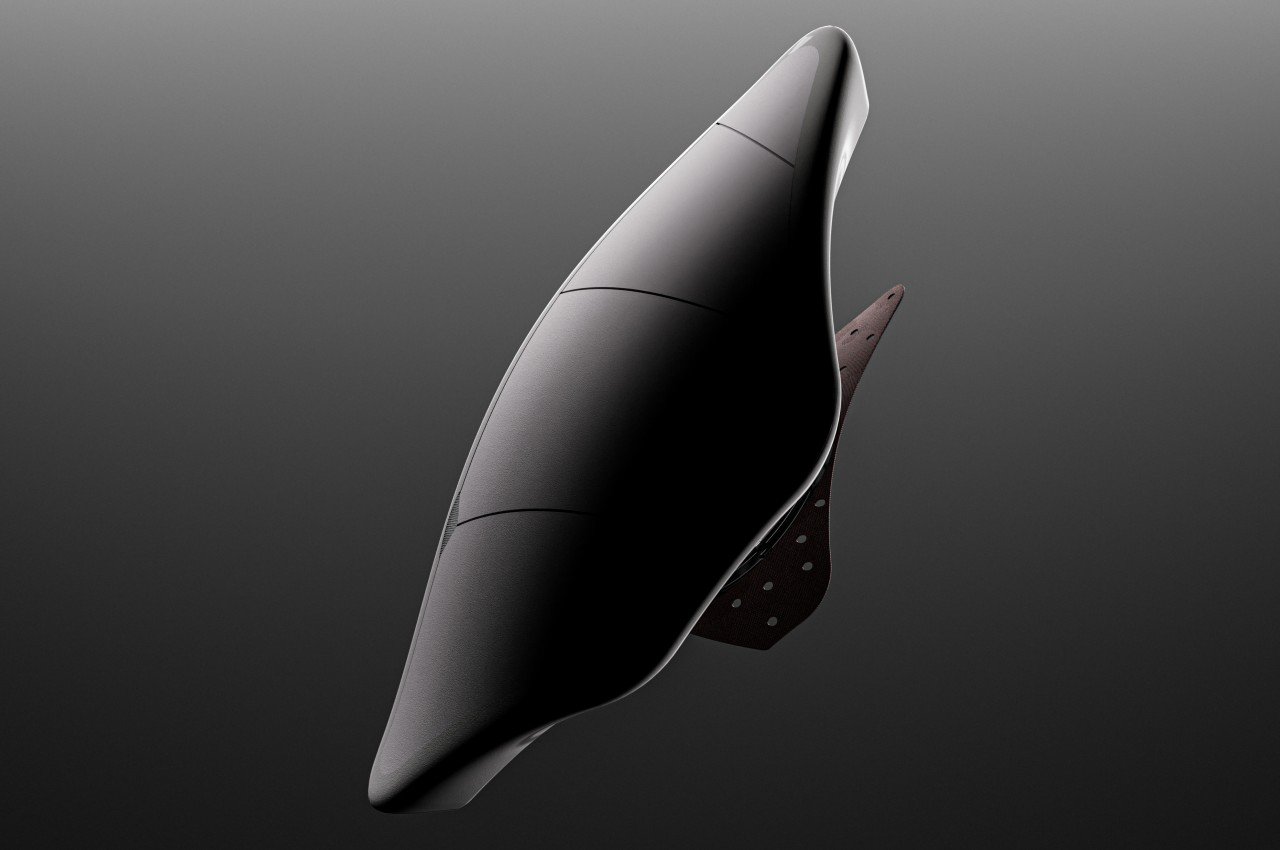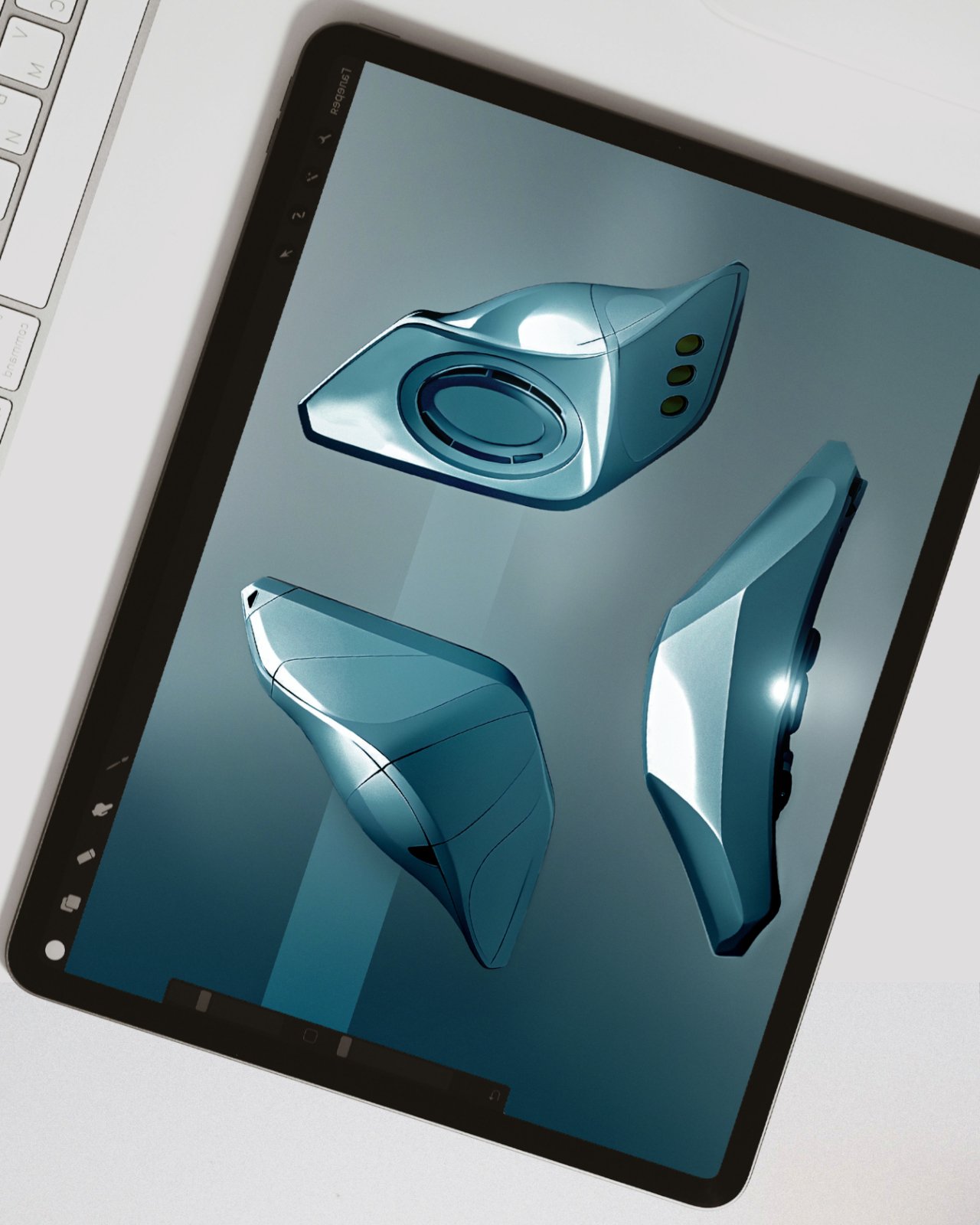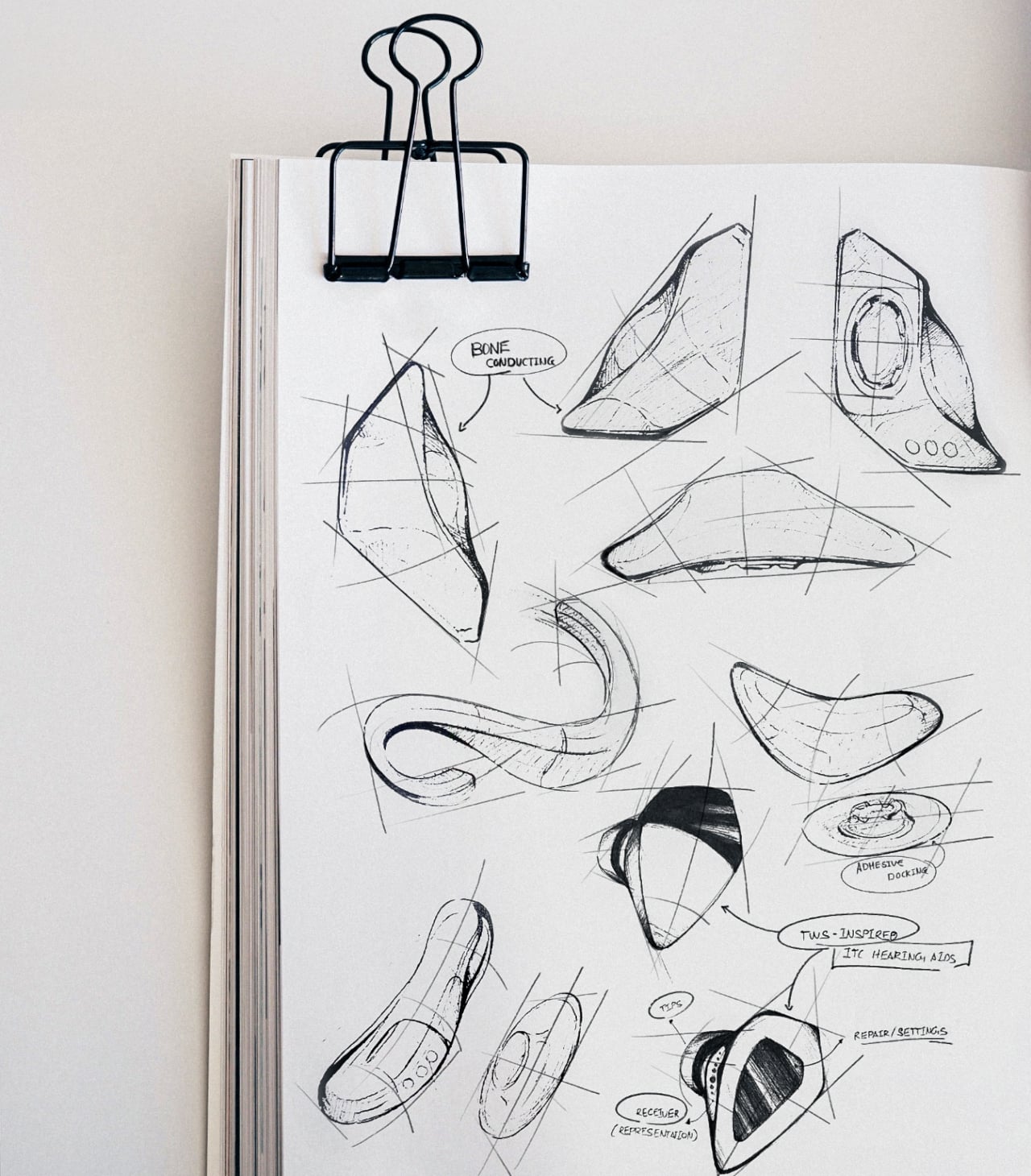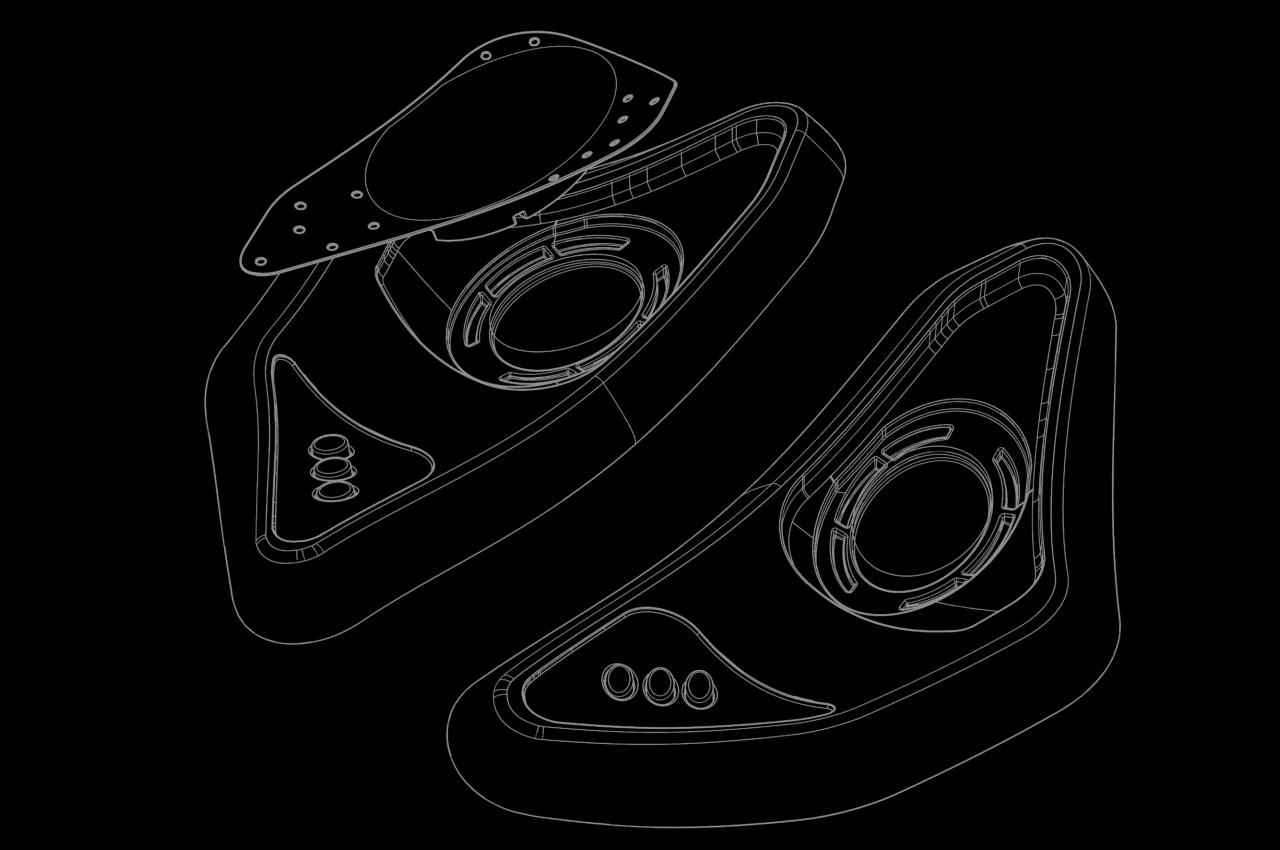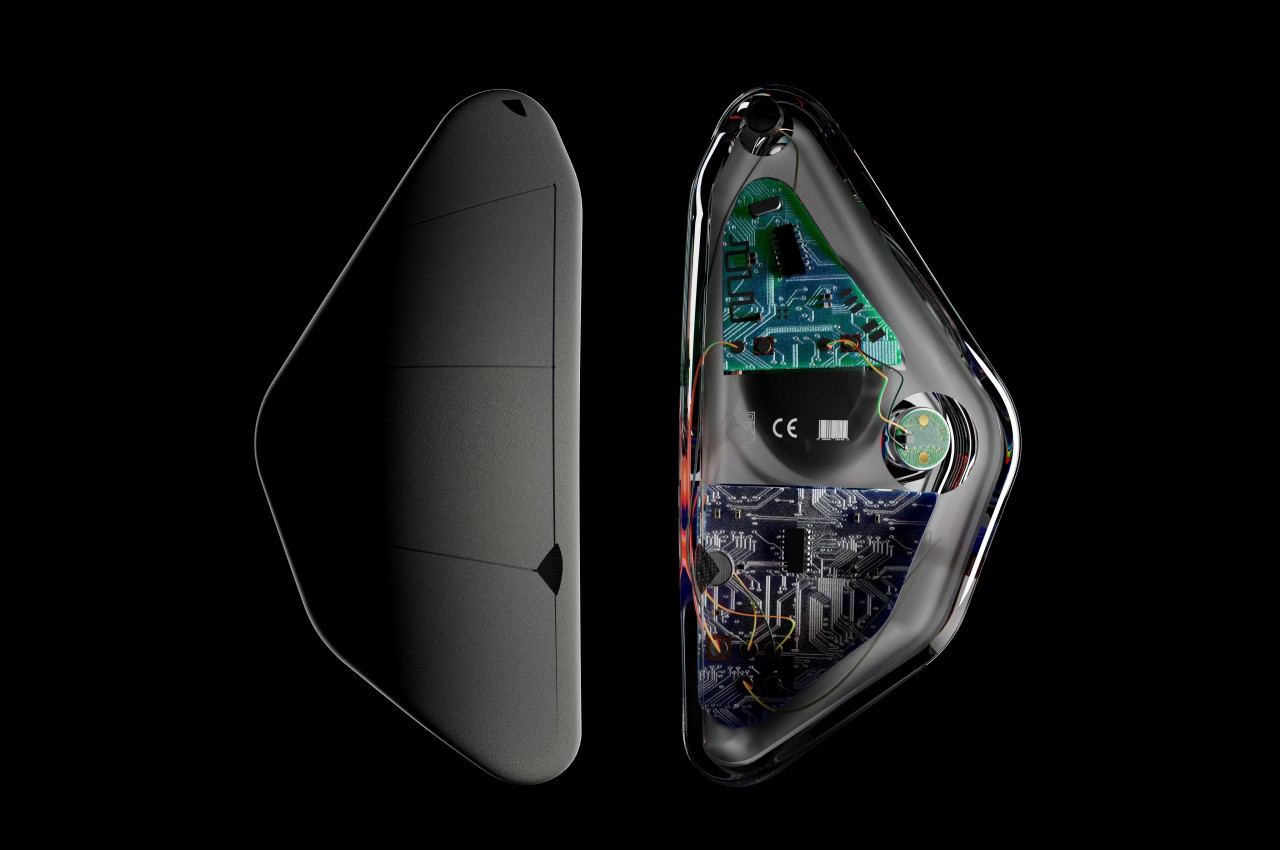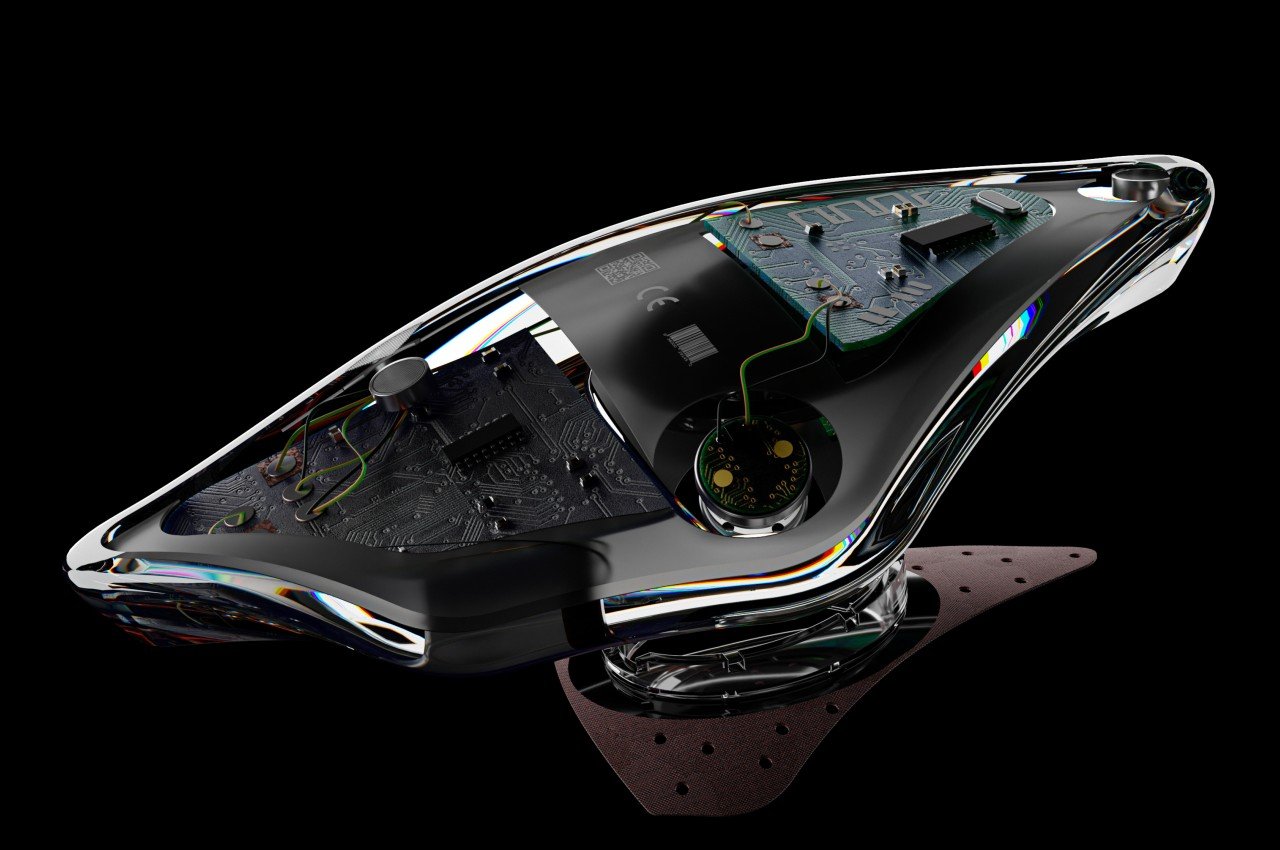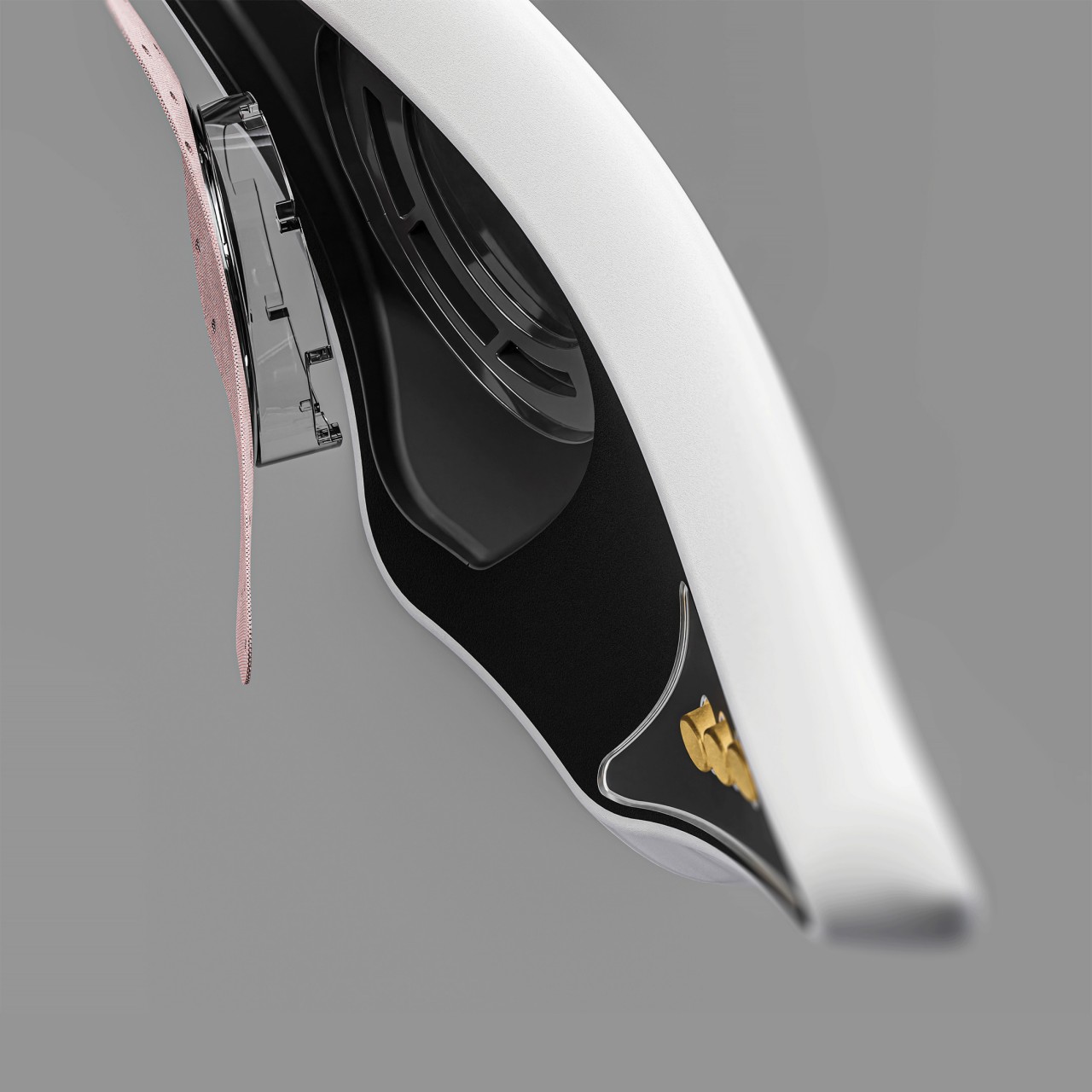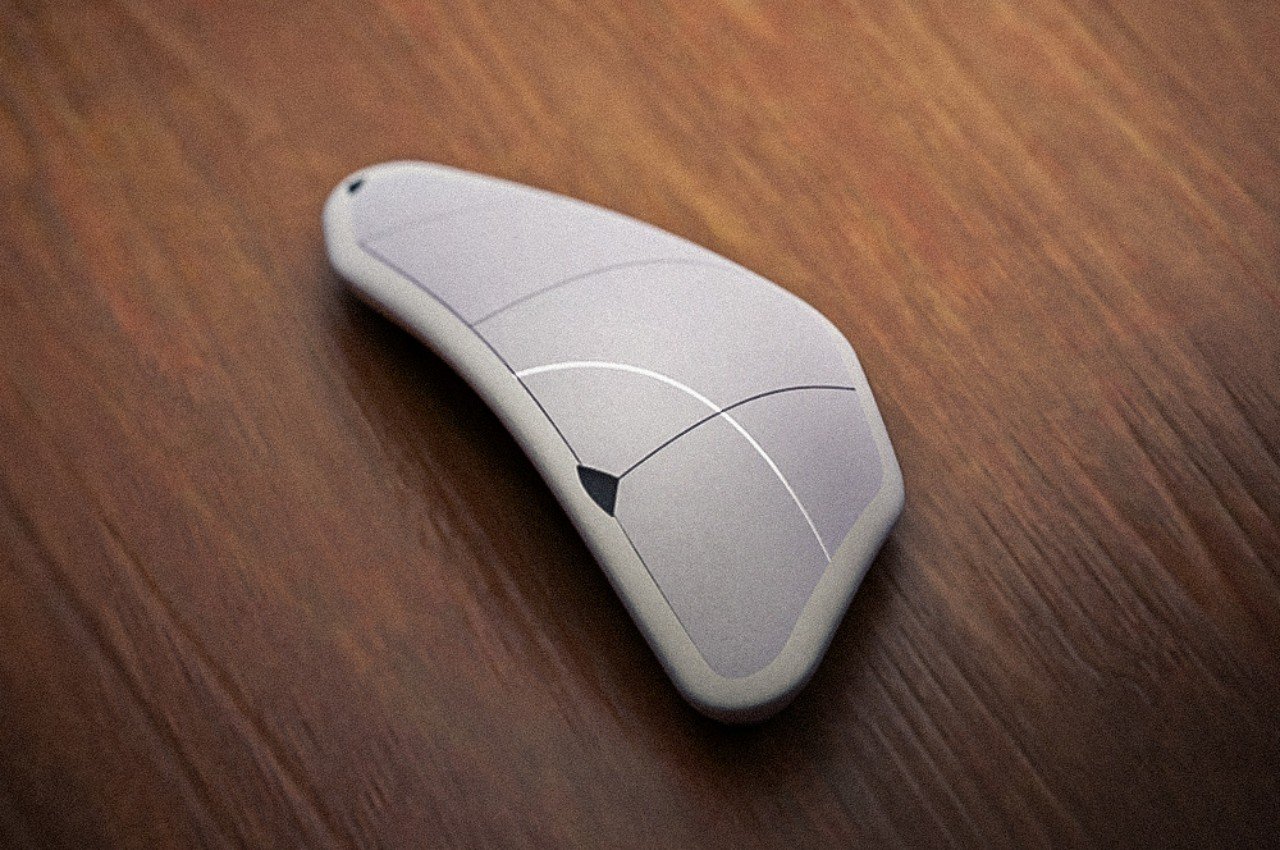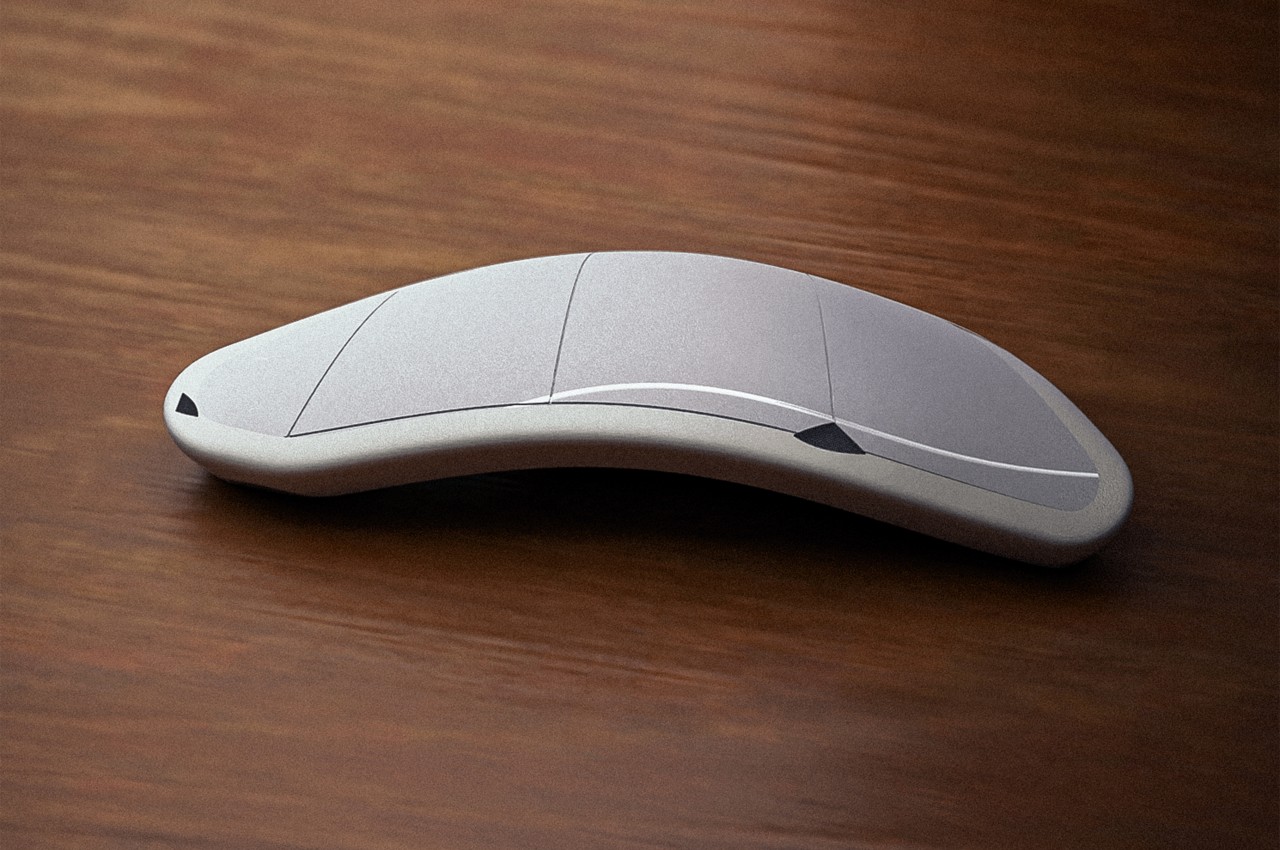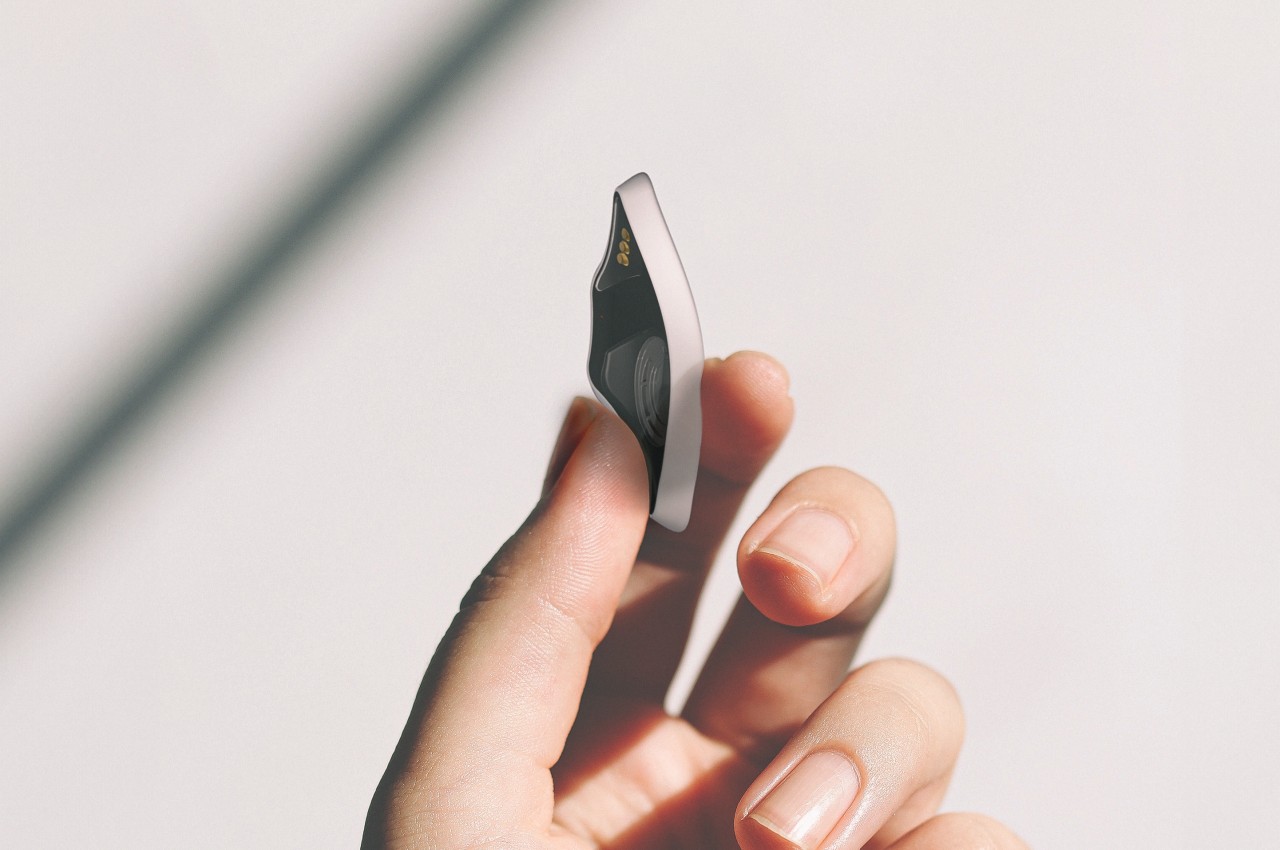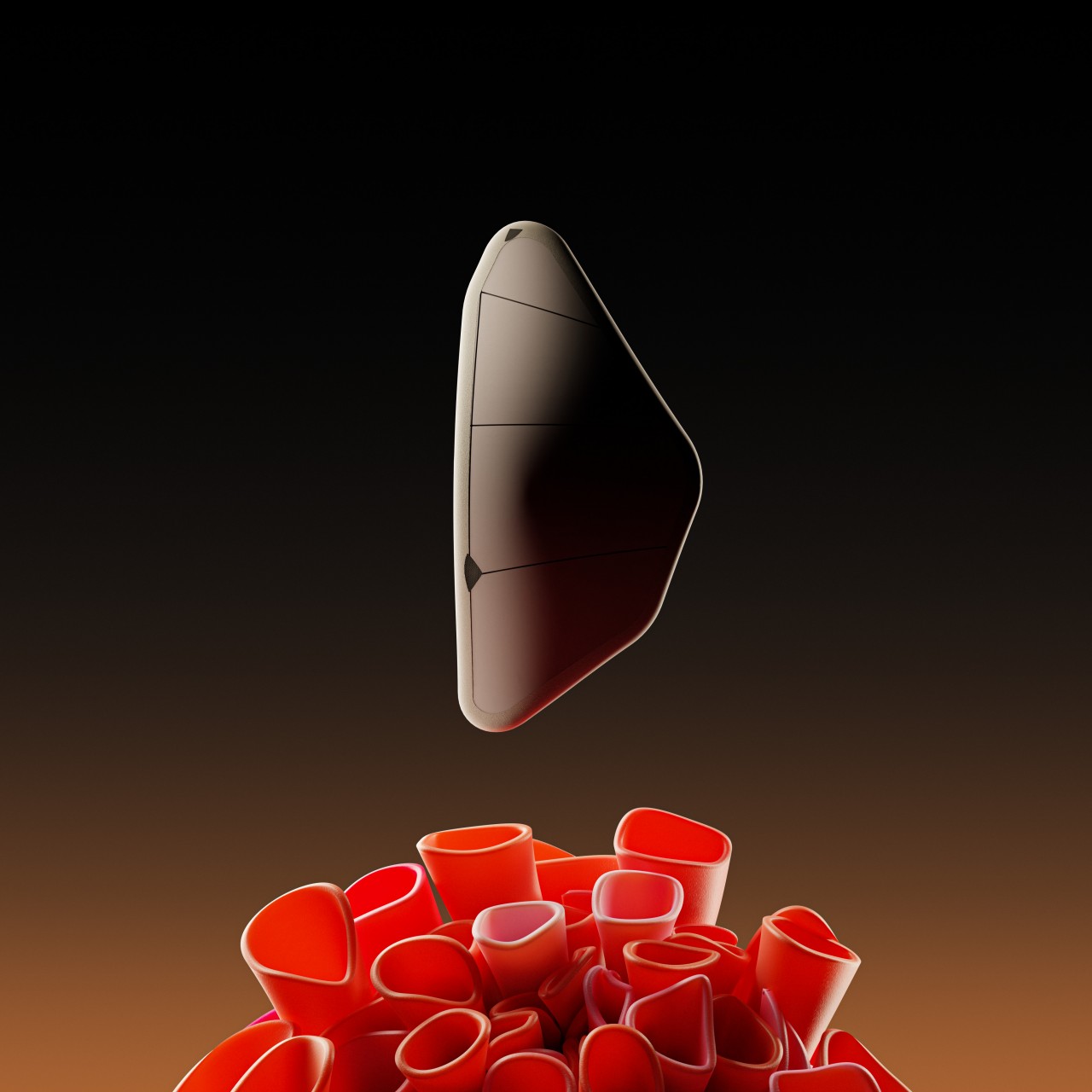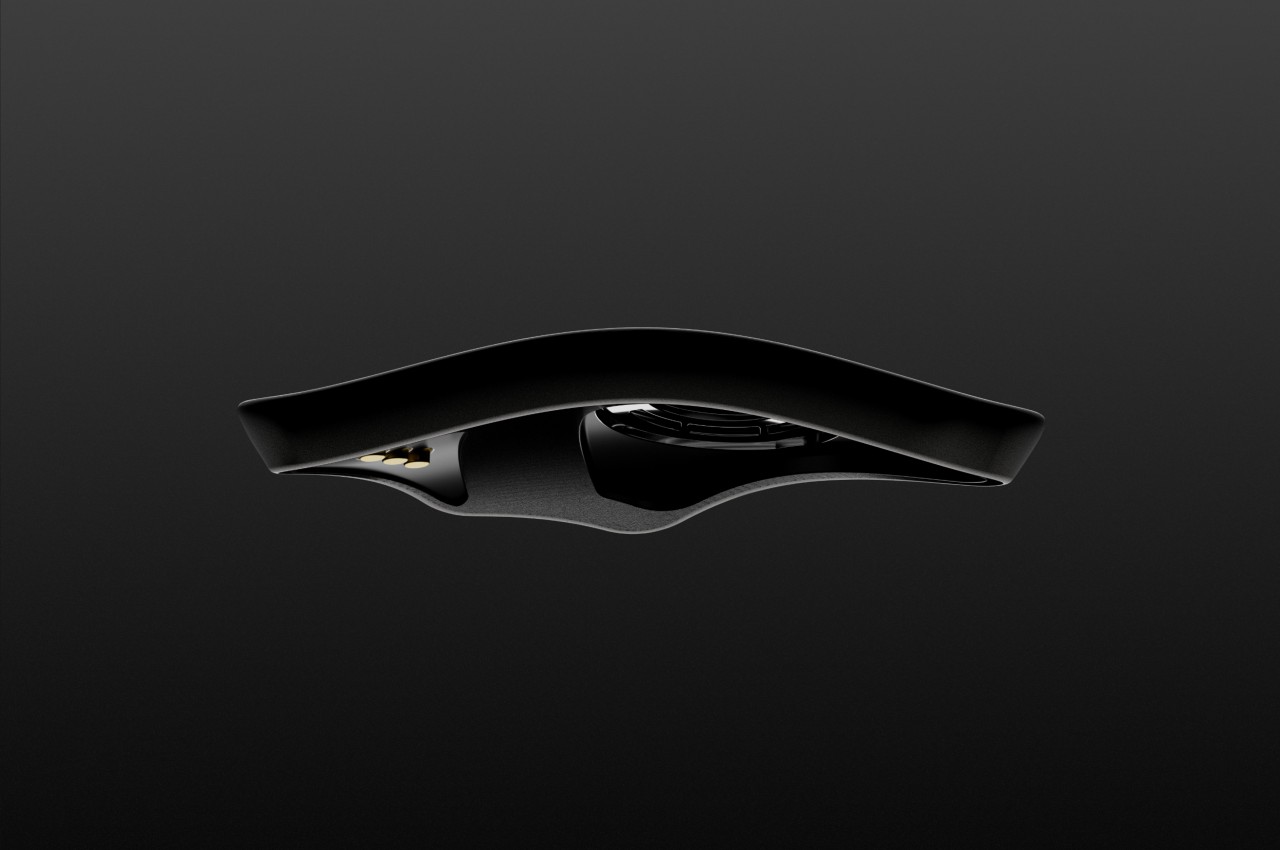The average price of a hearing aid in the US is upwards of $2,000. The average price of a pair of TWS Earbuds, on the other hand, is $150. Doesn’t that sound a little wrong to you? It would be like pricing prescription spectacles at thousands of dollars but selling sunglasses for a mere hundred bucks. There’s a pretty sizeable gap in price between hearing aids and TWS earbuds, but functionally, the two of them share a major overlap… so the folks at Olive Union just decided to bridge the massive price gap by designing the Olive Air, a set of AI-powered OTC (over the counter) hearing aids that look fashionable, bring ANC to the hearing-disabled community, and are priced in the sub-$250 category so that you don’t go bankrupt just to be able to regain the power of hearing.
Designer: Owen Song
Click Here to Buy Now: $229 $399 (42% off). Hurry, only 6/100 left! Raised over $100,000.
Styled to look exactly like a pair of TWS earbuds, the Olive Air shatters the notion that hearing aids need to look like medical devices. Instead of a design that often is associated with awkwardness and stigma, the Olive Air comes with a stylish aesthetic that makes them look like your average pair of earbuds. They’re designed for people with mild to moderate hearing loss and are classified as FDA Class II aids that can be sold over the counter. Wear them and select one of the AI-powered preset hearing modes to start using them for everything from hearing the world around you to having conversations, listening to music, or even taking calls from your smartphone.
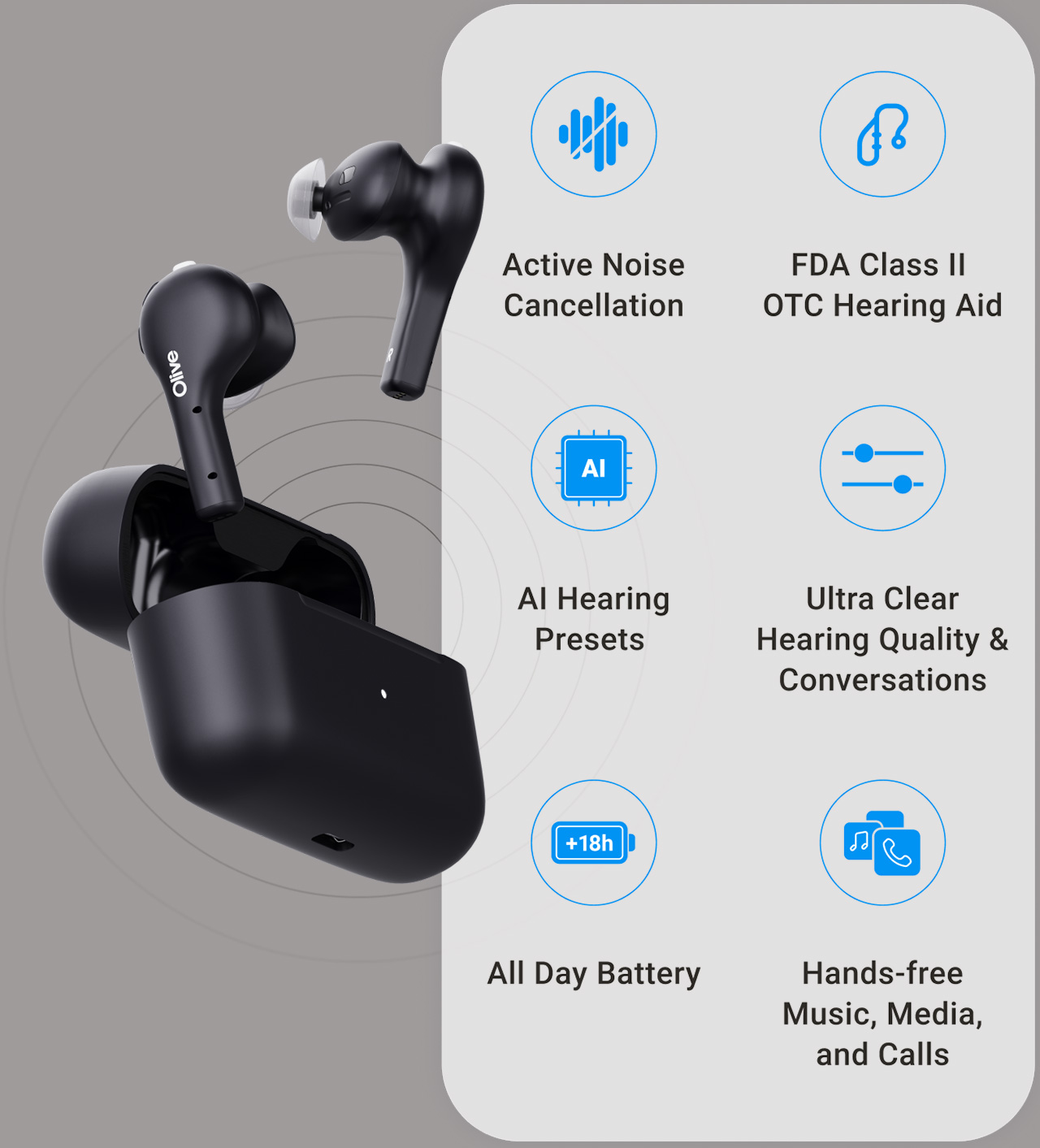
Built-in microphones pick up the soundscape of your environment, and Olive Air processes the signal to create “anti noise” — an opposite soundwave that effectively cancels out the noise of your surroundings.
This design bridge between the hearing aid and the TWS Earbud isn’t just a visual one, it manifests in the Olive Air’s features too. The earbuds come with active noise cancelation that helps tune outside noise out so you can focus on your music and media. ANC is a staple feature in earbuds but is unheard of in hearing aids. The Olive Air’s ANC feature puts it in lock-step with current technologies and then goes beyond with the inclusion of AI presets. Olive Union’s custom My Olive app lets you access the hearing presets as well as tinker with your earpiece’s performance. Aside from simply adjusting the volume and EQ in each earpiece, the app’s AI-powered hearing modes allow the hearing aids to intuitively focus on certain sounds. A preset for Television focuses on directional audio coming from a TV or playback device, a Restaurant preset cuts out the chatter of everyone around you, and a Meeting Room preset accentuates the voices of active speakers.

AI supported hearing presets let you swap between different hearing settings to best match your environment. Plus, customize volume and specific frequency bands with Hearing EQ and Music EQ for a personalized listening journey.
This isn’t Olive Union’s first rodeo, the Olive Air is their third iteration of affordable, attractive, and accessible hearing aids. Founded in 2016, the company has focused on eliminating hearing aid stigma by designing hearing aids that are at par with consumer-grade earphones. To that end, the Olive Air comes with a slick design and an all-day battery life. Buttons on each earpiece help you manually adjust volume/gain, while the smartphone app gives you access to the ANC and AI presets, along with EQ adjustment. Setting up the hearing aids is a breeze too, and doesn’t require you to go to a hospital or medical professional. Once you’ve set the Olive Air up, it serves its triple purpose well, as aids to boost hearing, as hands-free earbuds for music/calls/videos, and as stylish earbuds that empower you rather than perpetuating the stigma around disability-friendly medical devices.
The Olive Air starts at a discounted $229, which includes the earbuds and charging case, 8 pairs of replaceable ear-tips (of different sizes, materials, and colors), a user manual, and a USB charging cable.
Click Here to Buy Now: $229 $399 (42% off). Hurry, only 6/100 left! Raised over $100,000.
The post Olive Union’s AI-Powered Hearing Aids: Affordable, Stylish, and Feature-Rich first appeared on Yanko Design.






